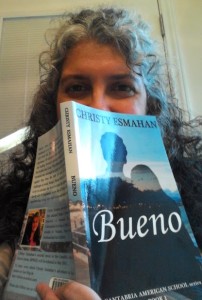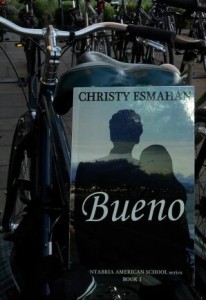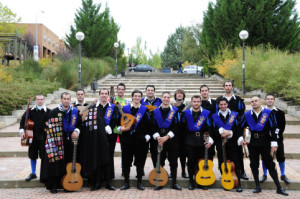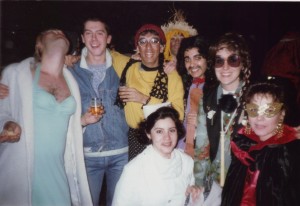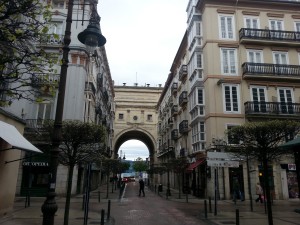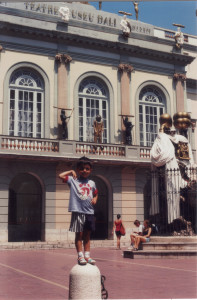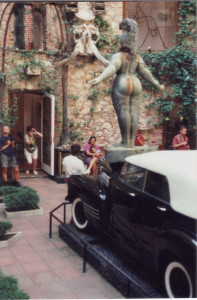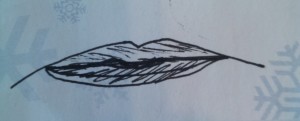
This is how I imagine Pilar’s ribbon lips when she speaks to Harvey. (And what do you think about the snowflakes in the background? Apt, wouldn’t you say?)
It’s summer time in the northern hemisphere, and one of my fun rituals is making a list of the books I want to delve into. I’m so happy that several of my favorite authors have come out with new books, and I just finished ordering a few from the library. I’m a bit behind on Alexander McCall-Smith’s books, and when I went on his website this morning to get the list, I scrolled around to see what else I could learn from this pro. He’s one of my idols–I have several authors in that category–and someday I hope to meet them all in person. McCall-Smith’s website is interesting because of the fun African music that plays while one is browsing, and the graphics of little birds flying around–it’s a nice touch. One section which I really like is the “Ask the Author” one in which readers can address him OR one of his characters. The questions are not just about his writing process, but often they are about life itself, and it is these that Mma Ramotswe, the main character from his No. 1 Ladies Detective Agency series, answers with the wisdom and patience that are inherent to her. One reader (though I wonder if they really are readers or if McCall-Smith made up these questions) asks “My son stole a car. What shall I do?” and I just love Mma Ramotswe’s wise answer which is rooted in understanding, forgiveness and common sense.
Another of my all-time author idols is Jasper Fforde, and I’ve also read all his books and am eagerly awaiting the next ones. If you’ve not read his books, I can’t recommend him highly enough. He’s got a brilliant and hilarious writing style and his books are both entertaining and mind-expanding. Like McCall-Smith, Fforde has created an entire world with truly lovable and unforgettable characters. His fans are so devoted that they have one weekend a year in which they celebrate his books in Swindon, (in the U.K.) where his Thursday Next novels are set. Everyone dresses up like his characters and runs around playing games that act out events which might (or might not) have happened in his books—it sounds like a lot of fun. It’s called Fforde Fiesta, and I would love to be a part of it one of these years. Like McCall-Smith, he has fans write to his characters, and it’s hilarious. One of Fforde’s series is about Nursery Crimes, you know, the dastardly stuff that can happen in the world of Jack Spratt, Humpty Dumpty (who, himself, was a victim of a vicious crime, don’t think for a second that he just fell off that wall, he was clearly pushed) Mary, Mary, and others. Readers are encouraged to write to Detective Spratt about any crimes they suspect in the Nursery world, and some of the fans are quite creative.
So, those are two of the authors I’ll be reading as I sit down with something tall and cool to drink. What about you? What books are you excited about reading this summer? I hope you’ll make time to read Bueno and Sinco, which are available in paperback or on Kindle. If you have any questions for me (or any of my characters), please do send them my way, either on this page or by messaging me on my FaceBook page. And if you’ve made any drawings (or other art projects) about anything in my books—I understand that about 30% of readers draw out characters and scenes from the books they are reading—I would love to post your fan art.
If you enjoyed this blog post, you might also like my series of novels, Bueno, Sinco and Brujas, which takes place in Santander, Spain.


